积冰强度与航空器除防冰 Icing Strength and Deicing
一、积冰强度
Icing Strength
对于现代大型民用航空器而言,积冰对飞行活动的危害已经趋于减少,但对于通用航空而言,飞机积冰对于飞行活动的危害不可忽视。
For modern large civil aircraft, the harm of ice accumulation to flight activities has tended to be reduced, but for general aviation, the harm of aircraft ice accumulation to flight activities cannot be ignored.
积冰强度通常是指单位时间内机体表面所形成冰层的厚度,单位是mm/min,分为弱、中、强、极强四个等级。这种划分积冰强度的方法只有用专门探测装置才能准确测定。实际飞行中常以整个飞行过程所积冰层的厚度来衡量,以厘米为单位。这两种方法的强度划分情况见下表,预报工作中一般只分三个等级。
Ice accumulation strength usually refers to the thickness of the ice sheet formed on the surface of the body within a unit time. The unit is mm/min, which is divided into four levels: weak, medium, strong and extremely strong. This method of dividing the strength of ice accumulation can only be accurately determined with specialized detection devices. Actual flight is often measured in centimetres by the thickness of the ice that accumulates over the course of the flight. The intensity division of these two methods is shown in the table below. Generally, there are only three levels in the forecasting work.

然而对这些分类必须说明的是:在某些情况下,一位飞行员觉得是“轻度积冰”的,对另一个飞行员来说却可能认为是“中度积冰”。在相同的积冰条件下,不同飞机的反应也不一样。
The caveat to these classifications, however, is that in some cases, what one pilot considers being “mild ice accumulation” may be considered “moderate ice accumulation” by another pilot. Different aircraft react differently under the same ice accumulation conditions.
飞机积冰常发生于机身曲率半径较小的位置,如空速管、发动机进气口、机翼前缘等机身部位,从而导致该部位对应飞机部件功能失效,进而影响飞行安全。
Aircraft ice accumulation often occurs in positions with small curvature radius of the fuselage, such as pitot tubes, engine air intakes, leading edge of wings and other fuselage parts, resulting in functional failure of corresponding aircraft components at these parts, thus affecting flight safety.
二、除防冰
Deicing
对于飞机积冰的应对措施主要包括:
Countermeasures to aircraft ice accumulation mainly include:
-飞机在地面停靠时,对飞机进行防除冰作业,使用除冰车对飞机喷洒防冰液(以 II 型除冰液为主),喷洒防冰液时要关闭飞机座舱空调系统,以避免污染座舱空气。
-When the aircraft is parked on the ground, deicing operations should be carried out on the aircraft. The deicing truck should be used to spray anti-icing liquid (mainly Type II deicing liquid) on the aircraft. The aircraft cabin air conditioning system should be turned off when spraying deicing liquid, so as to avoid polluting the cabin air.
-空中飞行时,可以通过改变飞行高度和改变飞机航向来脱离积冰区域。也可同时打开机载防冰装置。现代飞机具有完善的防冰装置,在防止积冰方面有很好效果。目前,防冰装置可分为加热防冰、化学防冰和机械防冰三种。
-When flying in the air, it is possible to get out of the ice accumulation area by changing altitude and changing the direction of the aircraft. You can also turn on the onboard deicing device. Modern aircraft have perfect deicing devices, which have a good effect in preventing ice accumulation. At present, deicing devices can be divided into heating deicing, chemical deicing and mechanical deicing three kinds.
(一)加热防冰装置
Heating deicing device
这种装置主要是使机体、积冰部位表面温度升高到 0℃以上,达到防止积冰的目的,有气热和电热两种。
This device is mainly used to raise the surface temperature of the body and ice accumulation part to above 0℃, so as to prevent ice accumulation. There are two kinds of air heat and electric heat.
气热防冰装置常用来防止机翼、尾翼、垂直安定面上的积冰。它是利用发动机的余热或汽油加热器,将加热的空气(或液体)通过管道注入到机翼、尾翼前缘的内侧等部位,使温度升高以防止积冰。电热防冰装置常用来防止风挡、空速管等处的积冰。将导电层夹在两个绝缘层中间,安放在易积冰的部位,接通电流后使该处温度升高,以防止积冰。
Aero-thermal deicing devices are commonly used to prevent ice accumulation on wings, tail fins, and vertical stabilizer. It uses the waste heat of the engine or the gasoline heater to inject heated air (or liquid) into the wings and the inside of the leading edge of the tail through pipes to raise the temperature to prevent ice accumulation. Electric deicing devices are commonly used to prevent ice accumulation at windshields, pitot tubes, etc. The conductive layer is sandwiched between two insulating layers and placed on the part that is easy to accumulate ice. After connecting the current, the temperature is raised to prevent the accumulation of ice.
(二)化学防冰装置
Chemical deicing device
这种装置多用于防止螺旋桨和风挡上的积冰,也可用于防止机翼和尾翼上的积冰。它是将能使水的冻结温度降低的防冻液,喷射到桨叶或风挡等部位;使过冷水滴不能冻结,以防止积冰的产生。但这种装置的缺点是结构复杂,防冻液消耗量大,机上要储备很多的防冻液。
The device is used to prevent ice buildup on propellers and windshields, but also on wings and tails. It is the antifreeze that can reduce the freezing temperature of water, spray to the blade or wind gear and other parts; Keep the supercooled water drops from freezing to prevent ice accumulation. But the disadvantage of this device is that the structure is complex, the antifreeze consumption is large, and the machine should reserve a lot of antifreeze.
(三)机械防冰装置
Mechanical deicing devices
这种装置常用来清除低速飞机机翼和尾翼前缘的积冰。一般在机翼前缘安装若干个有空囊的橡皮防冰带,间歇地用压缩空气使其时胀时缩除冰。
The devices are commonly used to remove ice buildup from the leading edges of wings and tailfins on low-speed aircraft. Generally, a rubber anti-icing belt with a number of empty bags is installed on the leading edge of the wing, which is made to expand and contract with compressed air intermittently.
参考:原文连接:点击查看
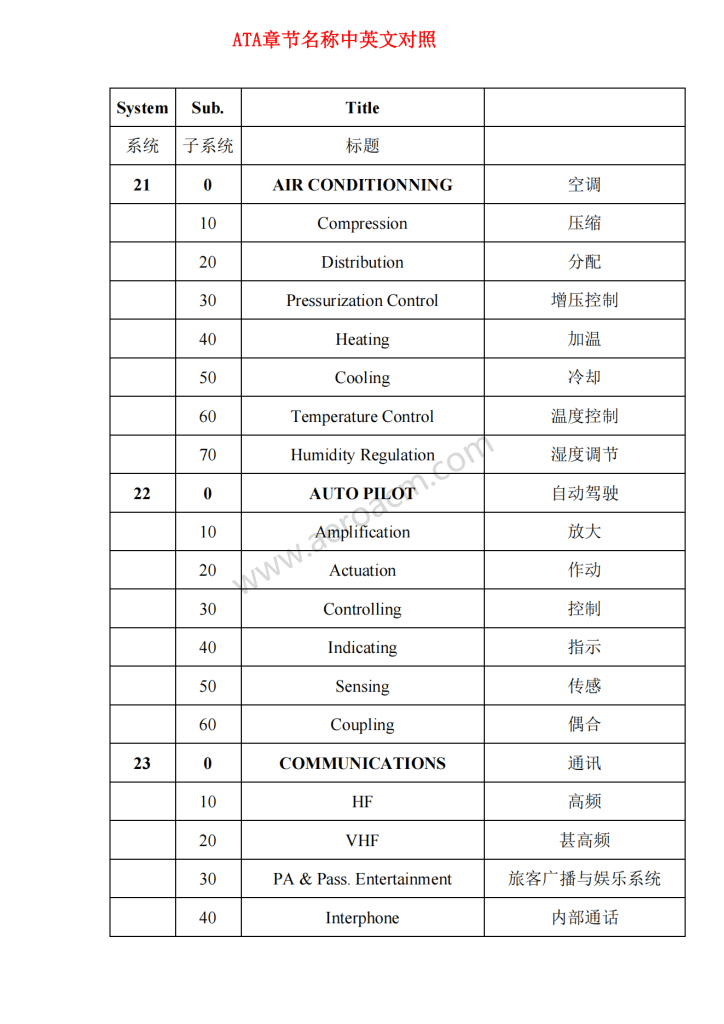
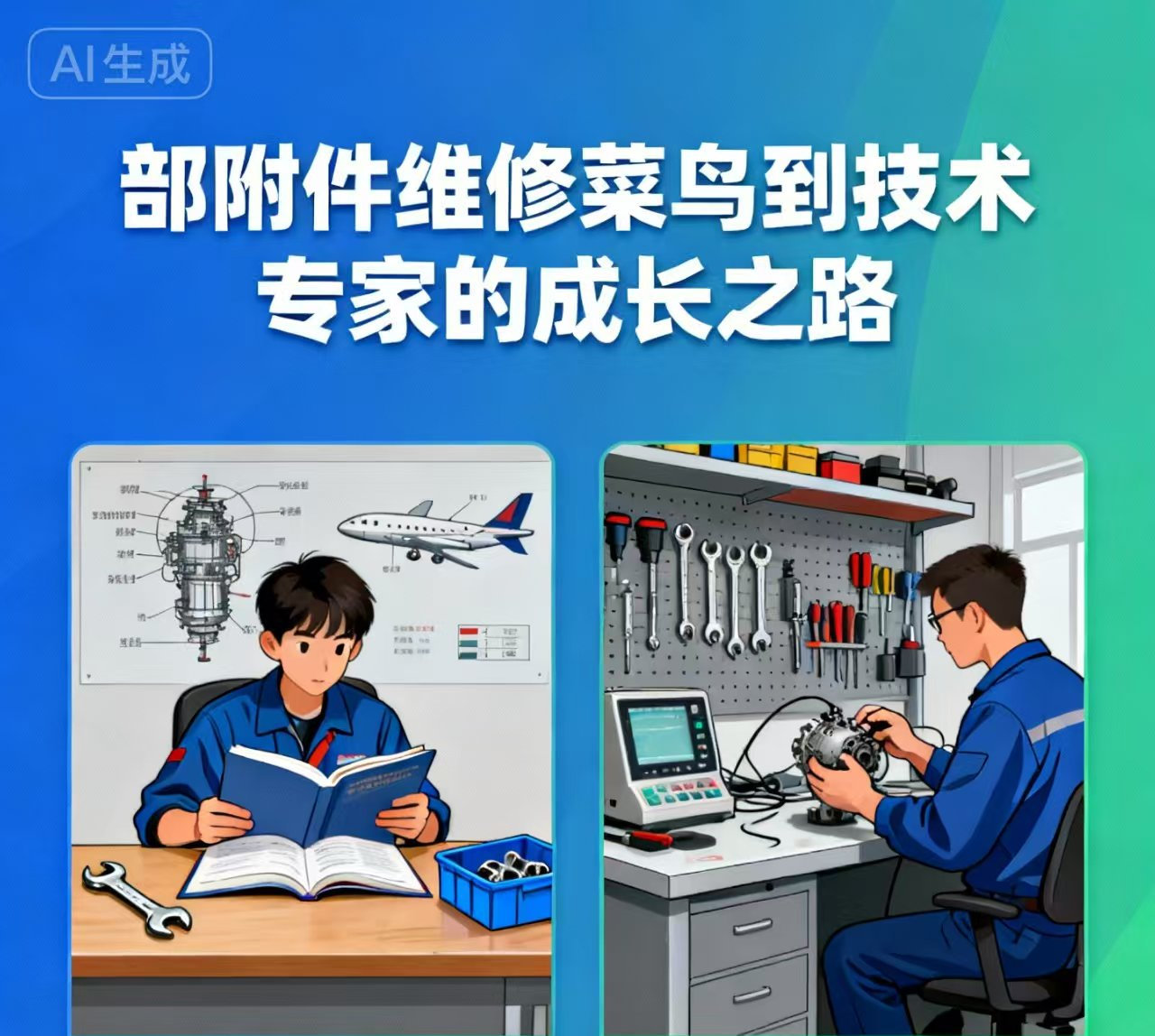

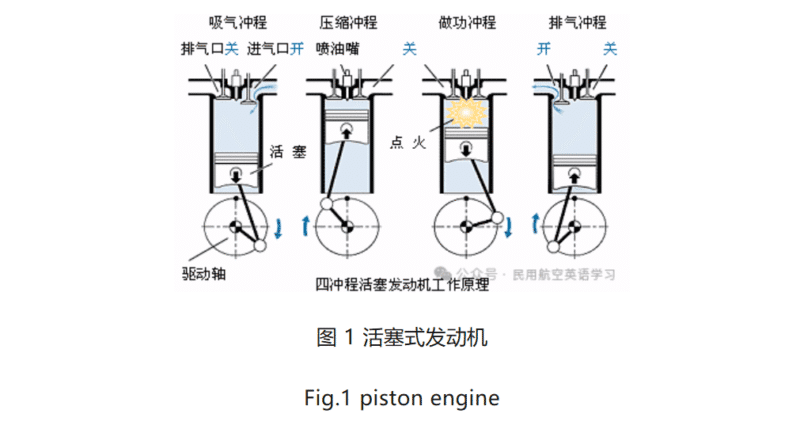
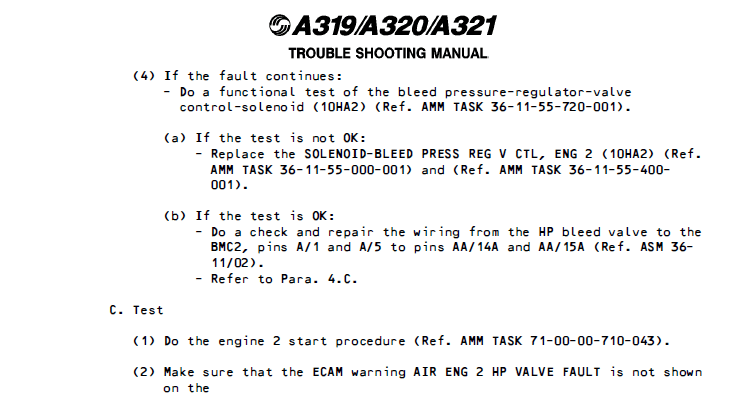


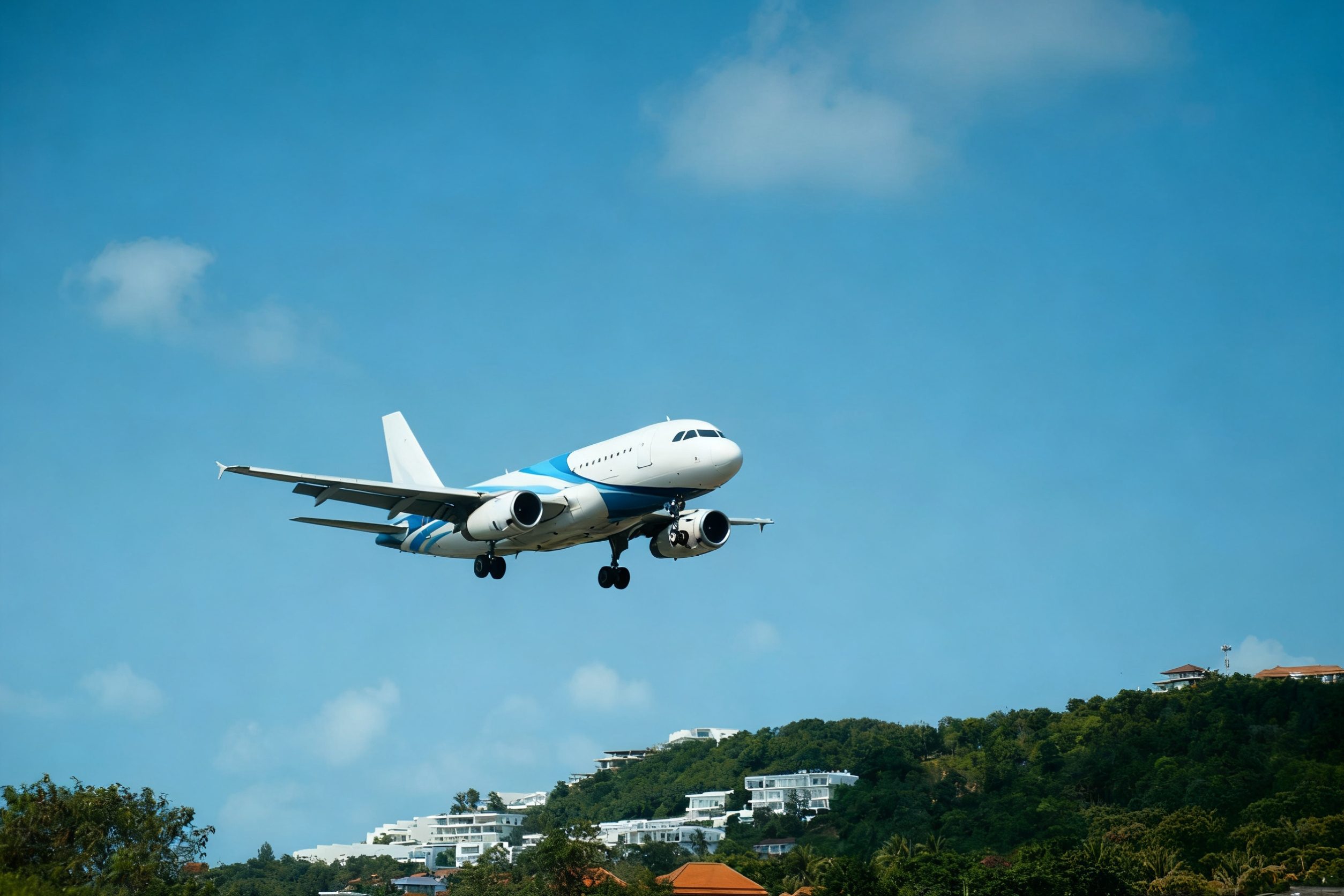

暂无评论内容